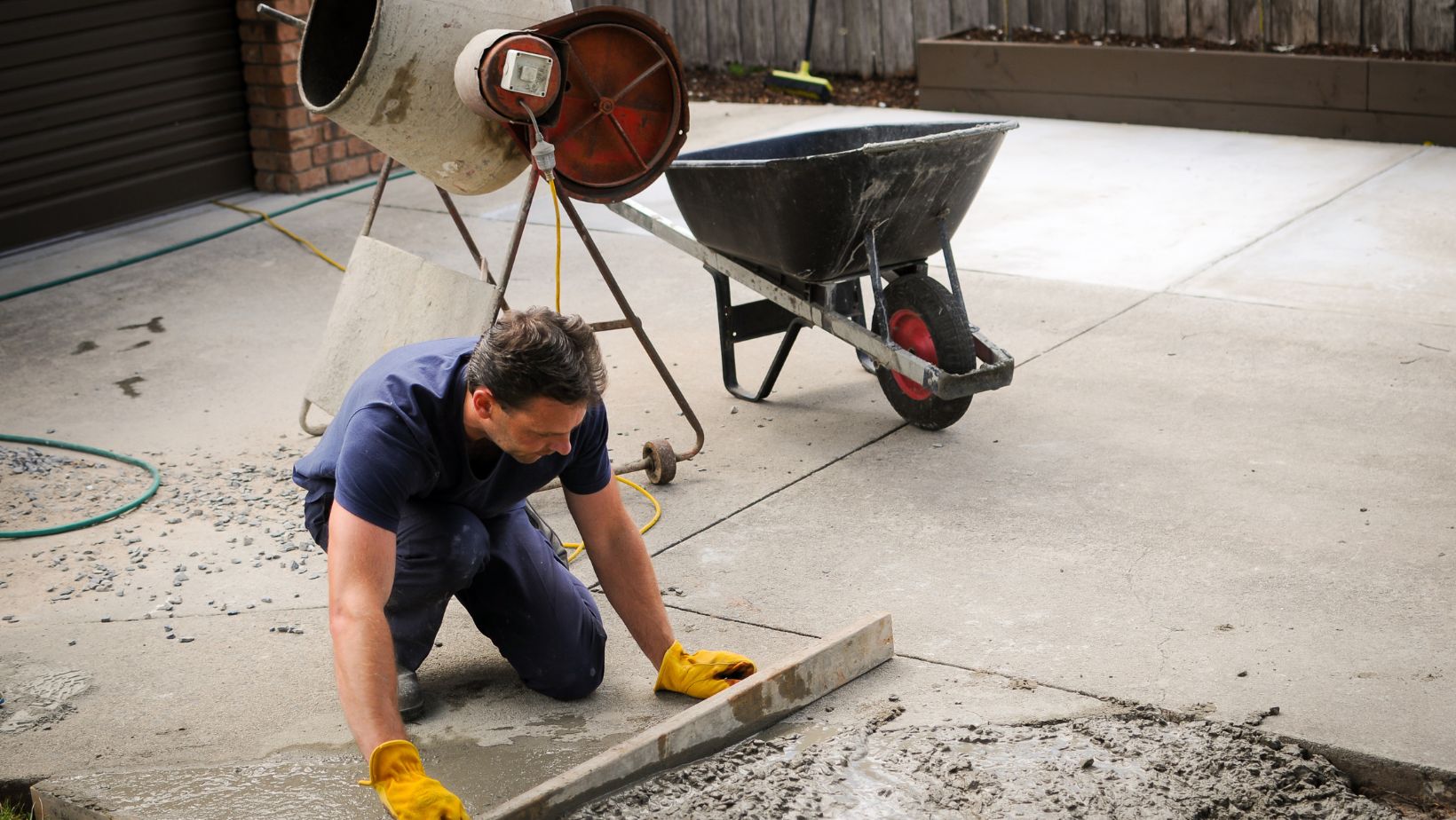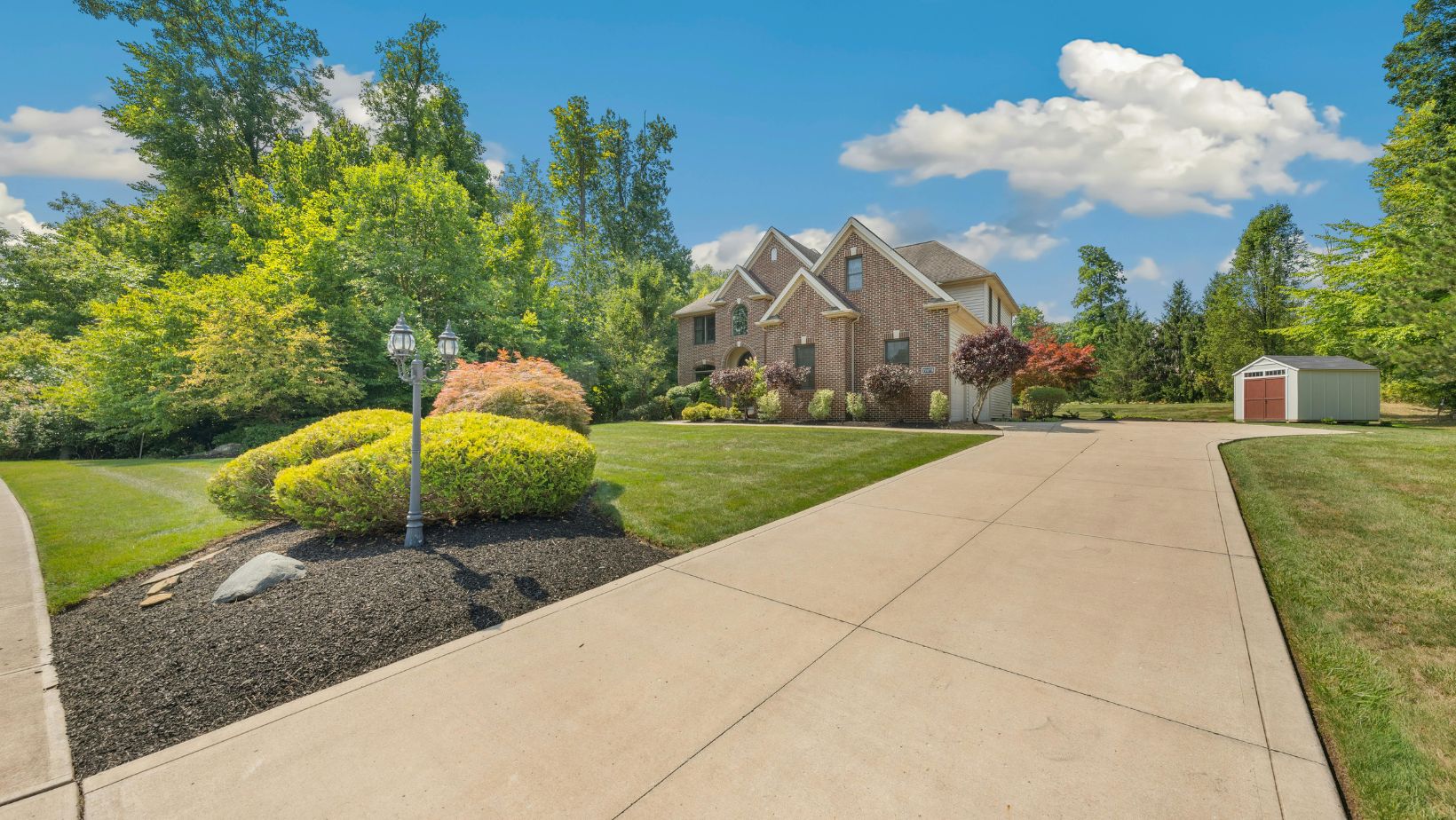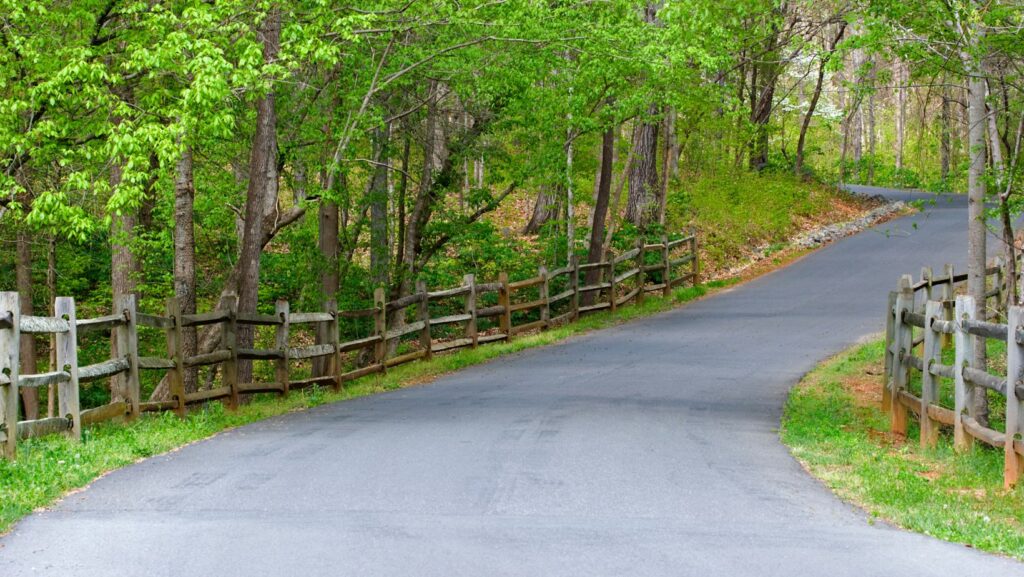You step outside one morning and notice a small crack in the driveway. A few weeks later, that crack has grown, and now one side of the slab is pushing upward. It’s not just an eyesore anymore — it’s a trip hazard, a problem for your car’s suspension, and potentially a sign of much deeper trouble under the surface.
More often than not, the culprit isn’t poor construction or shifting soil. It’s tree roots. And while trees add beauty, shade, and value to your property, their underground growth can be far more disruptive than most homeowners realize.
If you’re in an area with mature trees or tight suburban planting, it might be time to explore options like tree removal sydney before those cracks get worse — or more expensive.
Why Tree Roots Target Driveways
Tree roots aren’t destructive by nature. In fact, they’re simply doing what roots are supposed to do: growing outward in search of water, oxygen, and nutrients. Unfortunately, driveways — especially older ones with shallow foundations or minor cracks — provide the perfect conditions for roots to sneak in and cause gradual damage.
Here’s how it usually plays out:
- Fine hair-like roots find their way into tiny driveway cracks.
- Over time, those roots thicken and grow.
- As they expand, they put upward pressure on the concrete or asphalt.
- This leads to lifting, cracking, and sometimes complete upheaval of entire sections.
And because most of the damage happens underground, it often goes unnoticed until it’s already significant.
Signs Your Driveway Damage Is Root-Related
Not every driveway crack is caused by a tree, but here are some telltale signs that roots are the issue:

- Lifting or heaving: A section of the driveway is noticeably higher than the rest.
- Cracks that follow a line: Especially when they point directly toward a tree.
- Nearby trees with large surface roots: These often indicate aggressive growth underground.
- Repeated repairs in the same spot: A patch that keeps failing may have something growing beneath it.
If you’re unsure, a qualified arborist or concrete contractor can help determine the root cause (literally).
What Are Your Options?
The good news is: you don’t always have to sacrifice your tree to save your driveway. But depending on the severity, some action will likely be required.
1. Root Pruning
In mild cases, roots can be pruned back without removing the entire tree. This is delicate work — cut too much, and you risk killing the tree or making it unstable. Always consult with a professional before pruning roots.
2. Root Barriers
If caught early enough, installing a physical barrier between the tree and the driveway can redirect root growth.

These barriers are typically placed underground and discourage roots from pushing into unwanted areas.
3. Driveway Reinforcement or Redesign
In some cases, it may make sense to switch to a more flexible material like pavers, which can better accommodate slight shifts from root activity. Reinforcing your existing slab or using thicker concrete can also help resist root pressure.
4. Tree Removal
If the tree is too close to your driveway, already causing serious damage, or at risk of becoming unstable due to required root pruning, removal might be the safest option. While it’s often a last resort, it can prevent ongoing damage and expensive future repairs.
Preventative Tips for Homeowners
Even if your driveway is currently in great shape, a little planning goes a long way. Here’s how to avoid trouble before it starts:
- Plant trees with root systems in mind. Avoid species known for aggressive roots (like willow, maple, and poplar) near hardscaping.
- Leave space. Ideally, large trees should be planted at least 15–20 feet away from driveways or walkways.
- Schedule regular inspections. Arborists can assess root growth patterns and spot issues early.
When It’s Time to Call in the Pros
Trying to DIY a root issue can sometimes do more harm than good — both to your tree and your property. Whether you’re looking at minor cracks or major lifting, getting advice from a certified arborist or a driveway specialist ensures you make the right call the first time.
And if you’re in a city like Sydney, where older trees and established neighborhoods often go hand-in-hand, it’s especially worth researching local services that specialize in tree removal, root management, and damage repair.
Remember, trees and driveways can coexist — but only with a little planning, regular care, and timely action when problems arise.
